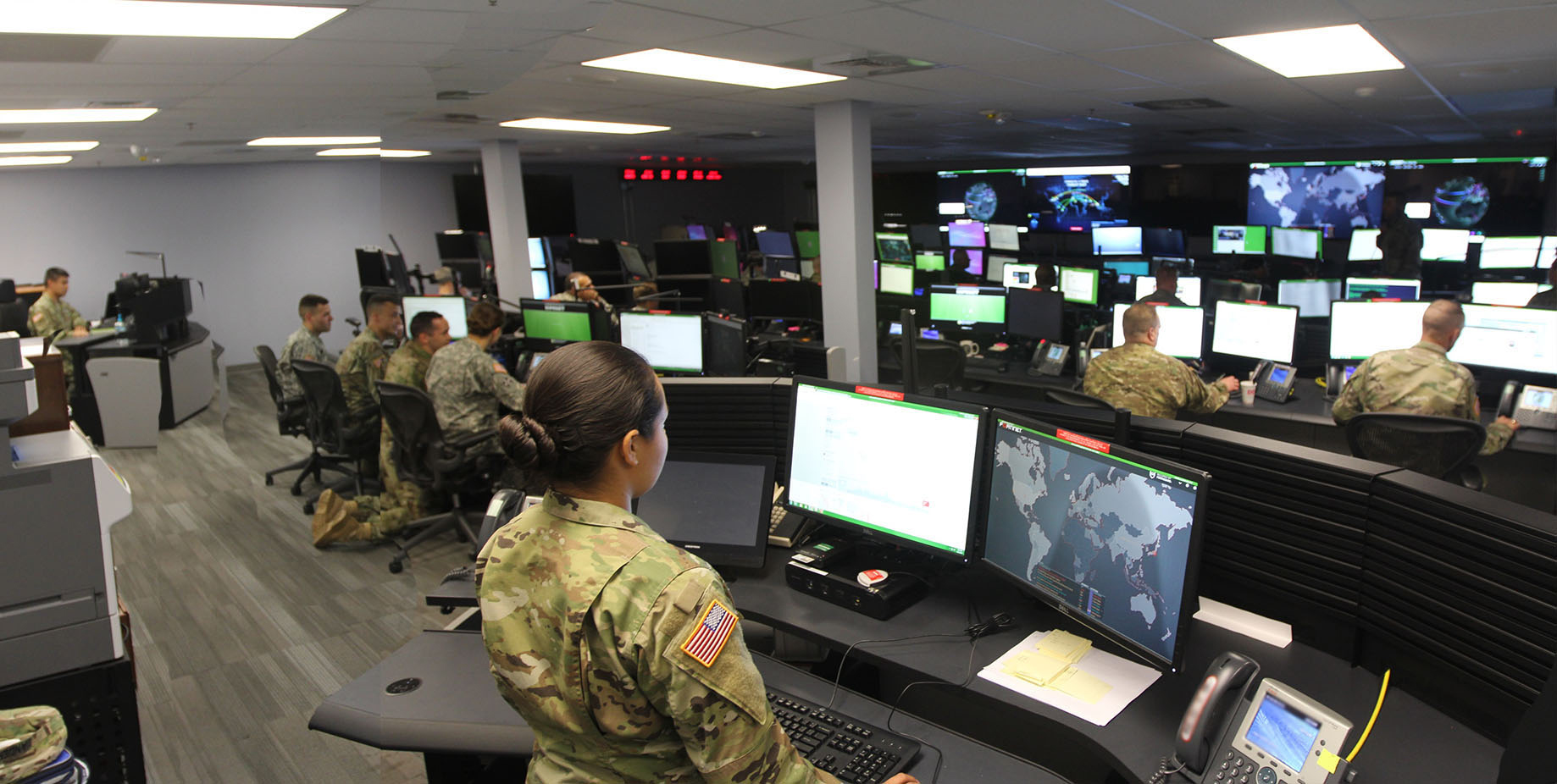This morning, I was going through the Army Times early bird and came across an article called Army offers direct commissions to boost cyber force. Talk about this came out initially a few months ago. Like many ideas, I think it’s a good idea but probably not one that is fully thought out.
2017 Warrant Officer Promotion List (Finally)
First, let me say congrats the the 675 CW2(P), 375 CW3(P), and 70 CW4(P) that were announced today after a very long long long wait for the release of the list. As someone who was looked at this year, I can say personally that the wait has sucked although I have absolutely enjoyed all of the memes showing up on Facebook (we have got some very creative warrants out there with apparently to much free time on their hands).
November Warrant Officer Selection Results
So I know it’s a few days late (what can I say, I was getting ready for a turkey comma) but I wanted to take a minute to congratulate the Army’s newest cyber warrant officers (ya I’m still signal but I play cyber during the day). So with that being said congrats to:
Capture the Flags
Many of us remember playing capture the flag (CTF) back when we were kids. The idea was to divide into teams, try to sneak to the other teams side and capture their flag. Years later, this idea was expanded on when Playstation and XBox started putting together multiplayer games that had the same general idea. More recently, the idea has morphed once again with hacking and computer security related CTF competitions. Perhaps the most famous CTF is the annual Defcon CTF where participants from around the world work to qualify to take part in the event at the conference itself, but this is just one of countless CTF competitions that take place on nearly a daily basis.
Splunk .conf Day 2 and 3
So when I last left you guys I was attending Splunk .conf. My plan was to write each day but I quickly realized how long the day was when you included 9 hours of conference, plus commuting to and from DC each day so screw that.
Splunk .conf2017 Day 1
So today was day one of Splunk .conf2017. This being my first time at .conf, I wasn’t entirely sure what to expect. The morning started off with the keynote address by the CEO of Splunk, Doug Merritt. A couple of interesting numbers to start with. 7,187 people were regestered to attend .conf this year from 65 countries who traveled a combined 65 million miles to get to Washington DC (enough miles to go to and from the moon over 100 times).
Sept Warrant Officer Selection Board Results
Congrats to all of the NCOs who have been selected to join the ranks of the Signal Warrant Officer Corps.
Splunk .conf
Today was the first (well sort of) day of the 8th annual Splunk .conf convention here in DC. .conf covers a range of topics, is three days (well really 2.5) long, has over 200 technical sessions, and includes over 6,000 participants. In short, its a bit of a data science nerd orgie.
Keeping Time Without a Source
A while back I wrote about the importance of using a standardized time source. Keeping accurate time across devices is essential so that you can easily correlate events within logs across the network. But what do you do when you’re operating on a closed network and there is no time source that you can pull from?
Building a Centos Server Image
This is the first of what will be a number of posts on building out parts of a basic mission network. This network will be based on Centos 7 (Linux), with an IPA server (Linux version of Active Directory), have a local patching server, and a number of there features. Today’s article will focus entirely on the basic build of a Centos 7.0 system and will serve as the base system for all of the other lessons in the future








